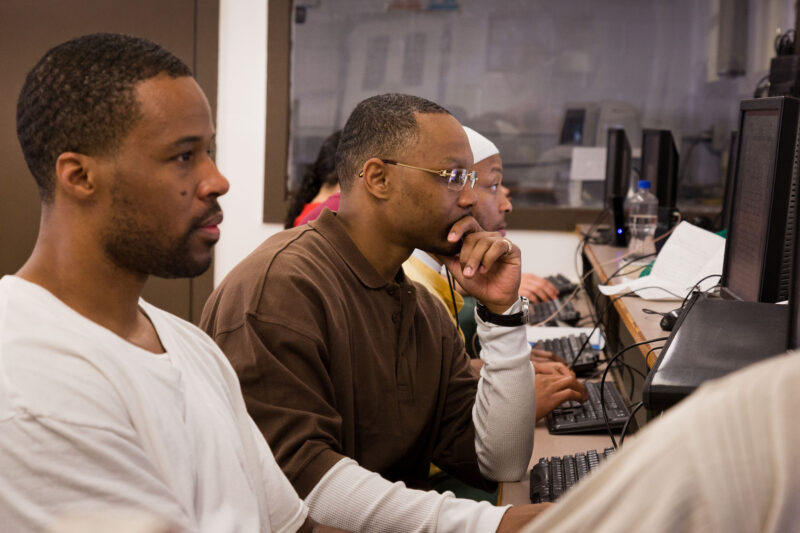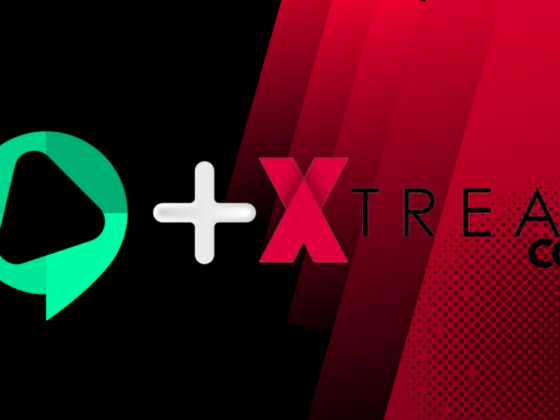Navigating the tumultuous waters of reintegration after incarceration presents unique challenges, particularly in the realm of technology. For recently released inmates, the digital landscape can feel as foreign as the streets outside the prison walls.
Yet, technology is a pivotal tool—an avenue for education, employment, and connection. This article delves into the top resources designed to bridge this gap, empowering individuals with the technological skills they need to thrive in today’s fast-paced world.
From community programs that offer hands-on training to online platforms that provide valuable certifications, a wealth of opportunities awaits those willing to embrace the digital age. These resources not only enhance technical proficiency but also foster confidence, igniting a sense of possibility that can transform lives.
As we explore these vital tools, we’ll uncover how they pave the way for a brighter future, one byte at a time.
Technology Education for Inmates
Technology education for inmates is an essential component in facilitating successful reintegration into society, providing individuals with the skills necessary to navigate an increasingly digital world. As the landscape of employment continues to evolve, equipping recently released inmates with technological competencies allows them to overcome barriers and enhances their opportunities for stable employment.
This education extends beyond mere technical know-how; it fosters critical thinking, problem-solving abilities, and even interpersonal skills—the very tools required to thrive in modern workplaces. Yet, the journey often begins in environments traditionally disconnected from the rapid advancements in technology, necessitating tailored resources that make learning accessible and engaging.
In this exploration, we will highlight top resources aimed at bridging this gap, ensuring that those who have served their time can emerge equipped and empowered.

Online Learning Platforms
Online learning platforms have emerged as vital resources for equipping recently released inmates with essential technological skills that enable a smoother reintegration into society. These digital hubs offer a variety of courses, from basic computer literacy to specialized training in fields like coding or graphic design.
Programs like Coursera and Udemy provide flexible learning opportunities, allowing users to engage with content at their own pace and on their own schedules. Whether it’s a single mother grappling with the digital world or an individual seeking new career opportunities, these platforms democratize access to knowledge.
Moreover, many offer certifications that help bolster resumes, providing that crucial edge in today’s competitive job market. As technology rapidly evolves, the importance of staying current cannot be overstated—these online resources make it possible, significantly impacting the lives of former inmates striving for a fresh start.
Community Programs and Workshops
Community programs and workshops play a crucial role in bridging the technological gap for recently released inmates, offering them not just skills, but a renewed sense of purpose and belonging. These initiatives provide hands-on training in essential digital tools, ranging from basic computer literacy to advanced software applications.
Participants might find themselves engaging in lively group discussions one moment, and diving into intricate coding exercises the next. Community centers often collaborate with local tech companies, which can lead to mentorship opportunities and exposure to real-world projects.
Through these workshops, inmates discover that technology is not just a means to an end; it can become a vehicle for personal transformation and professional reintegration, all while fostering connections that build supportive networks for future success. Whether it’s a one-day seminar or an ongoing class, the impact of these programs resonates far beyond the immediate learning experience, cultivating confidence and resilience in an often-overlooked population.

Conclusion
In conclusion, equipping recently released inmates with essential technological skills is paramount for their successful reintegration into society. As highlighted throughout this article, various resources—ranging from community programs to online courses—offer invaluable support for individuals looking to navigate the digital world.
By investing in these educational opportunities, we empower not only individuals, like the black man who seeks to rebuild his life after incarceration, but also foster a more inclusive and informed society. Ultimately, addressing the digital divide is crucial for promoting equality and providing every individual with the tools necessary to thrive in today’s technology-driven landscape.


